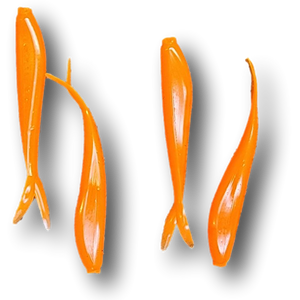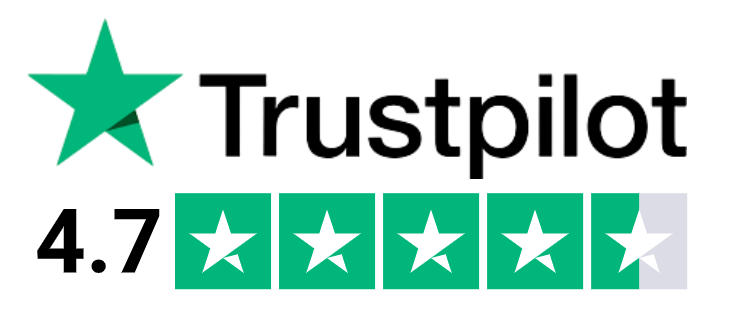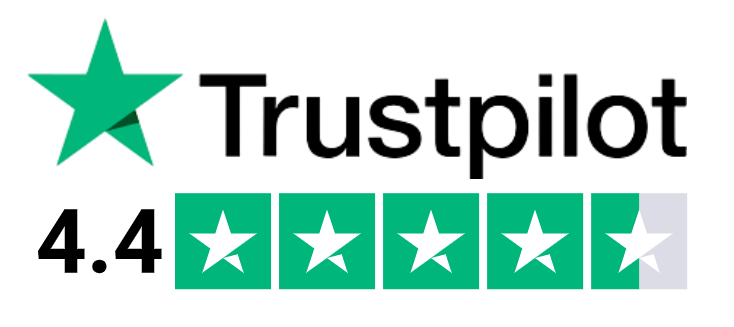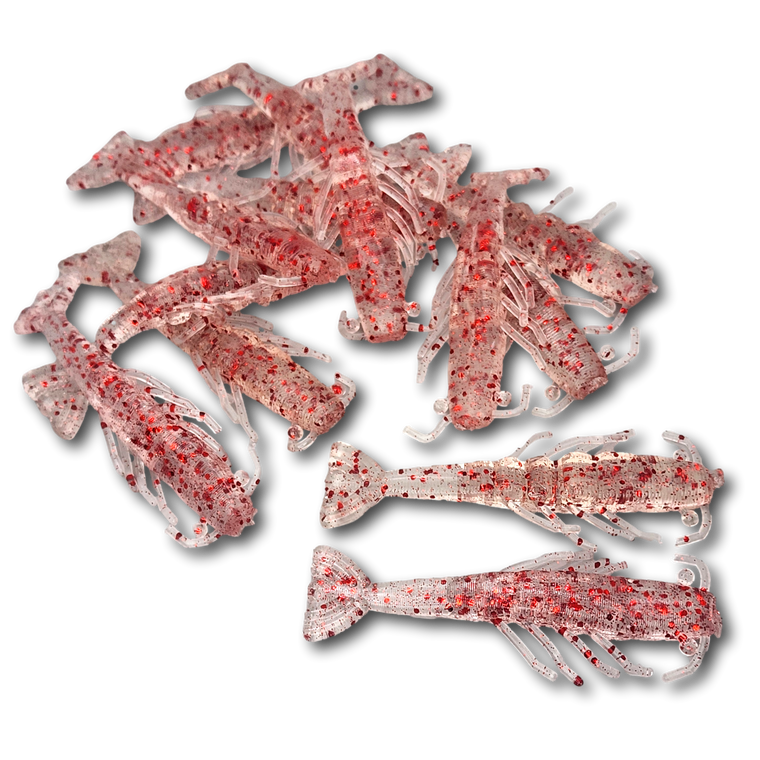
Four-Seven Lures 3 Inch Bay Shrimp Soft Plastic Bait
Four-Seven LuresUnderspin (1/8–3/8 oz)
When & where: Suspended smallmouth/spots over points, marinas, and drains; shad fry or shrimp/invert forage.
How: Count‑down and slow‑roll mid‑column; add stalls to let the shrimp glide while the blade flashes.
Why: The slender shrimp body tracks straight and looks like inverts/baitfish fry—deadly on pressured schools.
Carolina Rig (micro • 1/8–3/16 oz • 12–18" leader)
When & where: Flats/saddles with light current; roaming smallmouth.
How: Slow pull‑pause; feed a touch of slack so the shrimp swims and settles horizontally.
Why: Covers water while keeping the delicate profile breathing.
Drop Shot (nose‑ or mid‑hooked)
When & where: Vertical bluffs, shade lines, bridge corners, and forward‑facing marks.
How: Hold in place with slack‑line shakes; long pauses; occasional slow swim‑backs to follow contour.
Why: Shrimp silhouette + subtle appendage movement = commitment in clear water and pressure.
Hover Jig / Damiki (1/16–1/8 oz)
When & where: Over bait balls or transitions in 10–35 ft with FFS.
How: Level hover with tiny rod quivers; keep it above the fish’s eye line.
Ned / Midwest Finesse (1/32–1/8 oz)
When & where: Clear to stained rock/gravel, pressured fish, post‑front.
How: Drag‑drag‑pause with micro shakes; many bites on the deadstick as the feelers breathe.
Standard (Ball) Jig Head (1/16–1/8 oz)
When & where: Banks, transitions, and river seams.
How: Slow crawl/creep so the antennae tick rock; add micro‑hops after deflections.
Species: Bass (LM/SM/Spots), Walleye; trout/panfish capable on lighter heads
Texas Rig (micro • 1/16–1/8 oz)
When & where: Docks, laydowns, and edges where open hooks hang.
How: Short pitches; semi‑slack fall; shake in place to flare appendages; swim‑and‑kill along edges.
Wacky Jig Head (situational)
When & where: Calm marinas and shade pockets; skip under overhangs.
How: Count‑down; 6–10" lifts; pendulum back on semi‑slack; let the feelers work on the fall.
Weightless Rig (situational)
When & where: Ultra‑skinny water and spooky fish that react to silent entries.
How: Skip; let it glide; occasional twitches to breathe in place.
Trim & Mods (quick hits)
- Nose trim: Shorten 1/8" to compact profile for ultra‑clear water or tiny Ned heads.
- Antenna feel: Slight taper tightens motion in cold water; leave full for warm‑water glide.
- Scent & keeper: Gel scent optional; tiny dot of glue at keeper for micro‑jigs.
Naturals (greens/browns/smoke) — clear, sunny, pressured
- Why: Mimics invertebrates (scuds, shrimp, nymphs) and small baitfish without flash.
- Use: Drop shot vertical; Ned on gravel; ball‑head creep along seams.
Shad/Pearl/Smoke‑silver — baitfish fry, bright days, suspended fish
- Why: Clean silhouette that reads as young-of-year bait mixed with inverts.
- Use: Underspin slow‑roll; hover jig above marks.
Dark / Silhouette (black/junebug) — stain, mud, low light
- Why: Maximum contrast for tracking in dirty water.
- Use: Texas/Ned with longer pauses; add scent and shorten hops.
- Length: 3.0" (76.2 mm)
- Profile: Slim shrimp/invert body with delicate antennae and swimmer legs; level hover posture
- Material: Soft plastic
- Best Pairings: Drop Shot (nose/mid), Ned (1/32–1/8), Standard Ball Head (1/16–1/8), Micro Texas (1/16–1/8), Micro Carolina (1/8–3/16), Hover/Damiki (1/16–1/8), Underspin (1/8–3/8), Weightless (situational)
- Hook Sizes: Drop shot #2–#1; Ned/ball heads #2–1; Micro Texas 1/0 finesse EWG/straight‑shank
- Species: Bass (LM/SM/Spots), Walleye; selective trout/panfish on light heads
- Pack Qty: See product options above.
- Availability: Ships promptly when in stock.
Care & Storage
Store flat in the original bag. Separate darks/lights to avoid dye bleed. Avoid prolonged heat to preserve antenna memory.
Plastics Recycling
Don't toss torn baits, recycle or dispose of properly. Learn more here: Soft Plastics Recycling.
On‑the‑Water Notes
- Cold fronts & pressure: Drop shot or Ned; keep it pinned and breathe the antennae—bites often on a deadstick.
- Suspended schools: Underspin or hover jig; count‑down to level; add 1–2 stalls per cast.
- River seams: Ball‑head creep; let current pulse the legs; tick rock and pause.
Q&A
Q: Why throw a “shrimp” inland?
A: Freshwater fish eat a lot of inverts (scuds, nymphs, cray fry). The shrimp silhouette taps that forage while still reading as fry—perfect for clear water and pressure.
Q: Best line and rod setup?
A: Spinning, 6’10”–7’2” ML‑M; mainline 8–15 lb braid to 6–10 lb fluoro leader; adjust head weight to keep a level hover.
Related Products
- So Good 4.25" Leech (Hand‑poured) — natural hover/minnow‑leech for vertical and drift.
- Liquid Baits 3.5" Willowcat — cat/stonecat imitator for current seams.
- Liquid Baits 3.75" Garlic Goby — bottom‑oriented goby profile for rock flats.
- Snoopy’s 3" Hellgrammite — river invert that pairs with ball heads and Neds.
- Four‑Seven 3.8" FlexFin Shad — sibling paddletail for shad‑centric bites.









